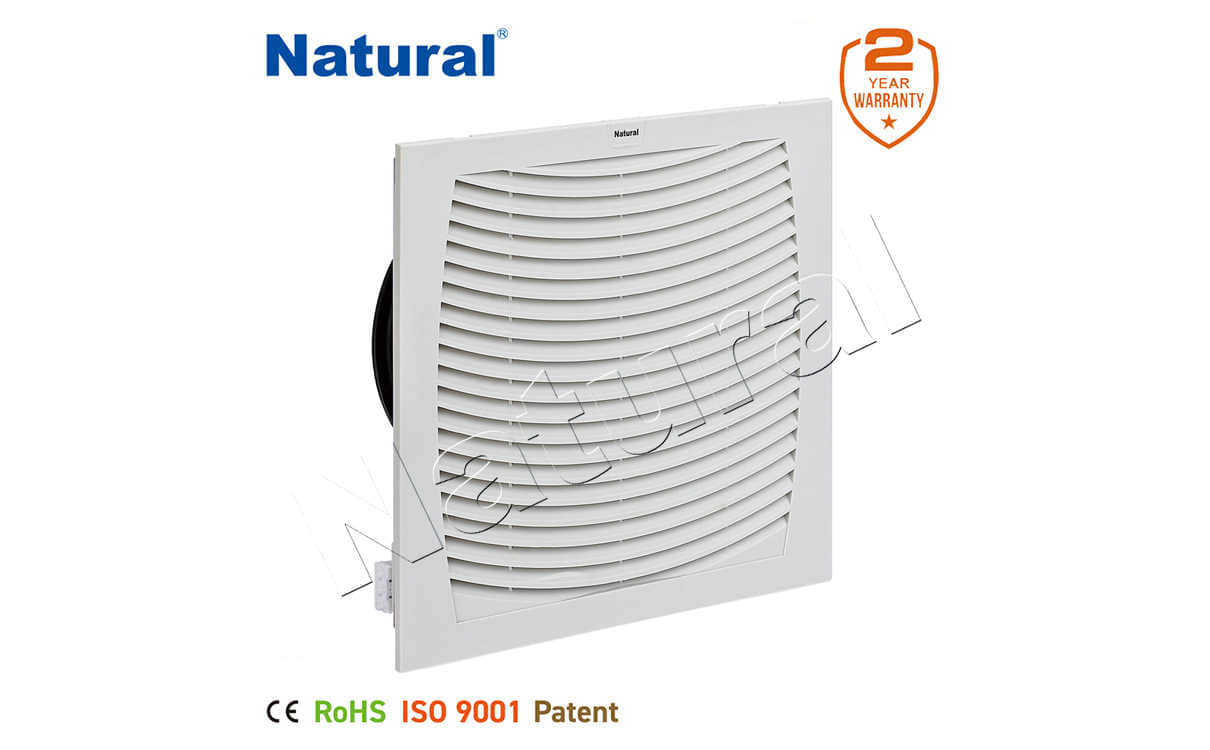air filter cabinet: essential for maintaining clean air in sensitive environments
Release time:2025-08-30 14:59:59
In various industries and research fields, maintaining a clean and safe environment is crucial for the success of operations. Whether it is a laboratory, clean room, or pharmaceutical production facility, controlling the quality of air is necessary to ensure both the well-being of individuals and the integrity of processes. This is where air filter cabinets come into play. These devices are designed to filter out contaminants, providing a controlled, contaminant-free environment for critical applications. In this article, we will explore the significance, functionality, and applications of air filter cabinets.

What is an Air Filter Cabinet?
An air filter cabinet is a specialized piece of equipment used to purify the air in sensitive environments. Typically, it is designed with multiple layers of filtration systems that help to remove airborne contaminants, such as dust, particles, bacteria, viruses, and other harmful microorganisms. The cabinet is equipped with a fan that draws air through a set of filters, progressively removing larger particles first, followed by smaller and more harmful ones, such as pathogens. In high-end systems, HEPA (High-Efficiency Particulate Air) or ULPA (Ultra-Low Penetration Air) filters are used to achieve ultra-clean air conditions.


 28 items Patent
28 items Patent
 28 items Patent
28 items Patent
 28 items Patent
28 items Patent










